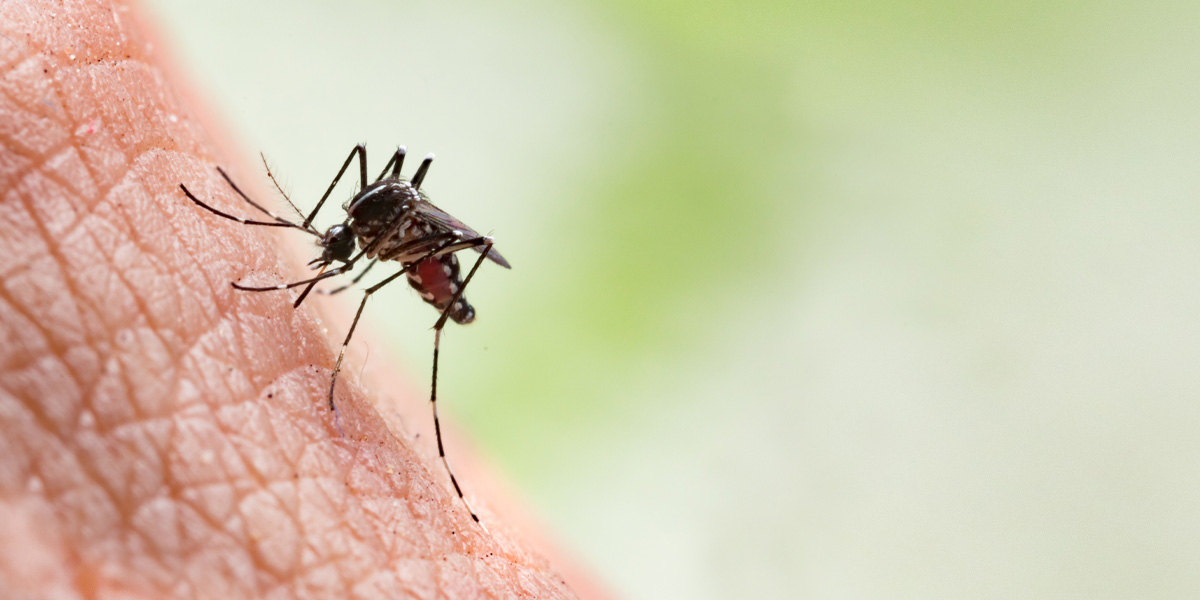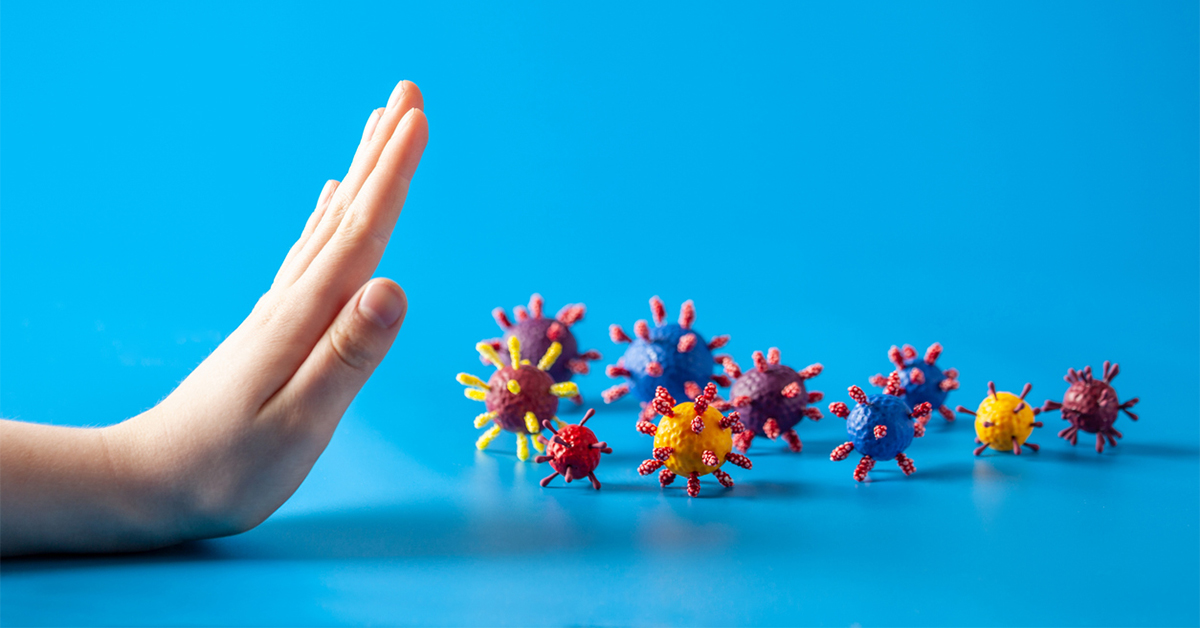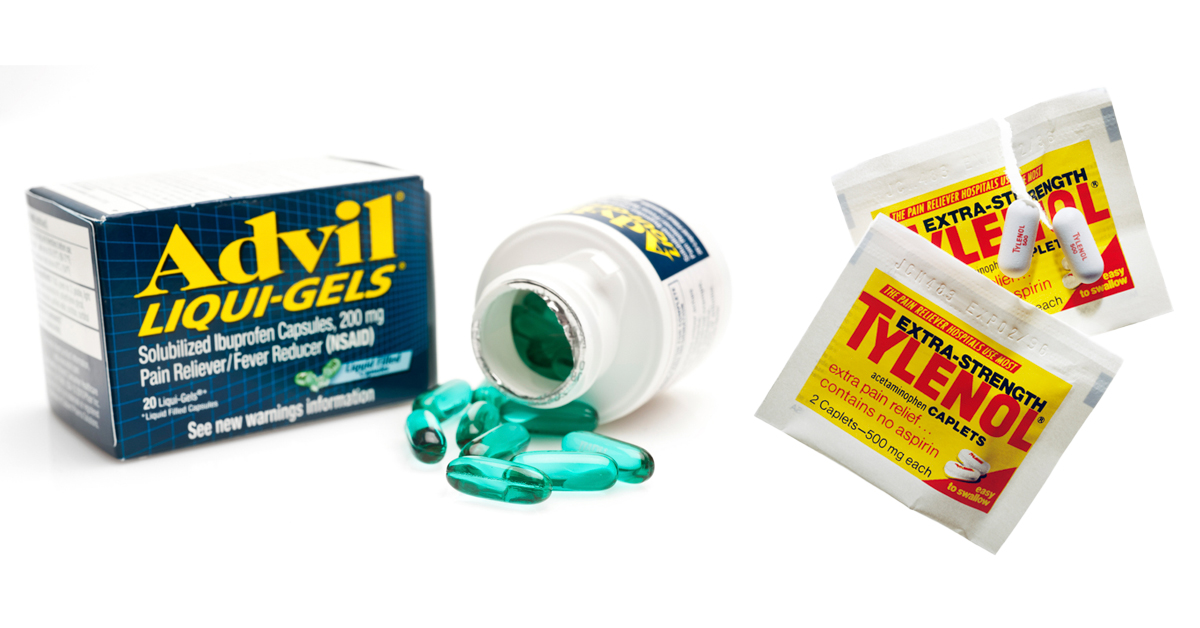Summer is a time of picnics, hikes, BBQs, and other enjoyable outdoor activities. However, we all know the dread of swarming mosquitos and other pests that leave us itchy, uncomfortable—or worse. Let’s take a look at what we can do to minimize insect bites and prevent insect-borne diseases such as West Nile Virus and Lyme Disease.
Insect-borne diseases
It’s important to know what insect-borne diseases are common in your area. In Minnesota, West Nile Virus and Lyme Disease are not uncommon.
- West Nile Virus is the greatest mosquito threat in the U.S. and cases have been found in almost every state. As of July 13, the Centers for Disease Control reports no West Nile Virus activity in Minnesota for 2021; however, most infections occur in the summer months with a peak in August. The type of mosquito that typically carries this disease is mostly found near drainage ditches and wetlands. Agricultural regions in the Western and Central parts of the state are at higher risk.
- Lyme disease, a tick-borne illness, is highly concentrated in Northeastern and Mid-Atlantic states and the upper Midwest, including many areas of Minnesota. You can find a map by county on the Centers for Disease Control and Prevention website.
- Rocky Mountain Spotted Fever has also been reported throughout the U.S., though mostly in North Carolina, Oklahoma, Arkansas, Tennessee and Missouri. Other diseases such as malaria and the Zika virus are found in tropical regions, so it is vital to do your research prior to travel.
Non-repellant ways to reduce bites
- Cover up. Wear clothing, hats and bandanas to leave minimal skin exposed. Tuck pants into socks to protect ankles.
- Choose light-colored clothing.
- Use mosquito nets to cover strollers, camp bunks and outdoor eating areas.
- Install and repair screens.
- Drain standing water from areas around home where mosquitos lay their eggs, and empty and clean containers that hold water (tires, birdbaths, flowerpots, etc.) on a weekly basis.
- Clean up brush and create a barrier of wood chips between your home and wooded areas to reduce ticks around the home.
- Stay indoors during feeding hours. Dusk and dawn are peak times for insects.
Insect repellants
The Environmental Working Group recommends using insect repellants only after taking other preventative measures. No repellant is risk-free, however, there are reasonable choices available to protect you from serious pest-borne illness. These choices have been approved by the Environmental Protection Agency (EPA) and have been shown to be highly effective with good safety profiles. When used as directed, EPA-registered insect repellents are proven safe and effective, even for pregnant and breastfeeding women.
- Picardin – Odorless and non-irritating. 5-10% concentration provides 1-2 hour protection against ticks and up to 4 hours against mosquitos. 20% offers all day protection. Safer risk profile than DEET.
- IR3535 – Good safety profile but can be a serious eye irritant and melt some plastics and damages some fabrics. 20% concentration can protect from mosquitos for 8 hours and ticks for 6-12 hours.
- DEET – 10% can protect 1-2 hours of protection and 20-30% can protect all day from both mosquitos and ticks. DEET is widely used and has few serious adverse effects. It can be a strong eye irritant and, in a few cases, neurological symptoms have been reported. DEET can melt some plastics and damages some fabrics.
Recommendations for DEET usage
| Age | DEET recommendations |
|---|---|
| 0-6 months | NO DEET |
| 6-24 months | 5-10% (max) DEET |
| 2-12 Years | 5-10% (max) DEET |
| 12+ Years | 30% (max) DEET |
- Oil of lemon eucalyptus and PMD (synthetic derivative) – Most effective and the only botanical ingredient registered by the EPA and recommended by the CDC. 30% concentration (19% PMD) provides up to 6 hours of mosquito and tick protection. PMD 10% is the highest strength available on the market and provides 2 hours of protection. It should not be used on children 3 and younger and may irritate lungs and be a possible allergen (lower allergen concern with PMD)
Natural repellants
Citronella, lemongrass, basil, lemon balm and lavender planted in your yard may reduce the number of mosquitoes as they contain essential oils that naturally protect plants from insects and other predators. If the bug-borne disease is not a concern in the area you are going it may be worth a try to apply products with these oils topically. Essential oils should always be diluted before use and tested on a small area as some contain allergens. The EPA does not require testing on these products and effectiveness can vary widely.
Citronella provides one hour of protection at 4.2% and some geranium and soybean oil mixtures have shown lasting bug protection. These products usually have to be applied more frequently and are less effective than other repellant ingredients.
Repellent clothing
Clothing with fabric treated with permethrin, a synthetic form of a naturally occurring bug repellent, is another option to consider. Although it may provide a higher level of protection than repellants alone, it is more toxic to humans and the environment. Use with caution, read labels, and wash all treated clothing separate from other clothing.
A few more tips
- Always read labels on any product you use.
- Higher concentration equates to longer-lasting, not more effective, so use the lowest recommended and reapply as needed to reduce exposure, especially in children.
- Use lotion, pump or towelette form, when possible, to reduce breathing in aerosols and causing eye irritation.
- Apply only to clothing and exposed skin, not underneath clothing. Wash clothes and skin after as these chemicals can be absorbed into the body.
- For children under 6 months, read the labels closely, instead use protective clothing, and nets, or keep indoors.
- Avoid use of yard bug treatments, outdoor foggers, candles, bug zappers, clips or wristbands as they can be more toxic than repellants applied to skin.
- Try not to scratch. Peppermint essential oil contains menthol and its cooling effect will soothe itchy bites and you can try mixing it with baking soda and dabbing on bites. Lavender oil is also soothing and can offer anti-histamine effects. Other options include Calamine lotion and hydrocortisone cream and are available at Welia Health Community Pharmacies.
- If bites cover a large area or serious symptoms such as fever, severe headache, rash, flu-like symptoms or if you think you were exposed to a pest-borne illness, please immediately seek medical care.







